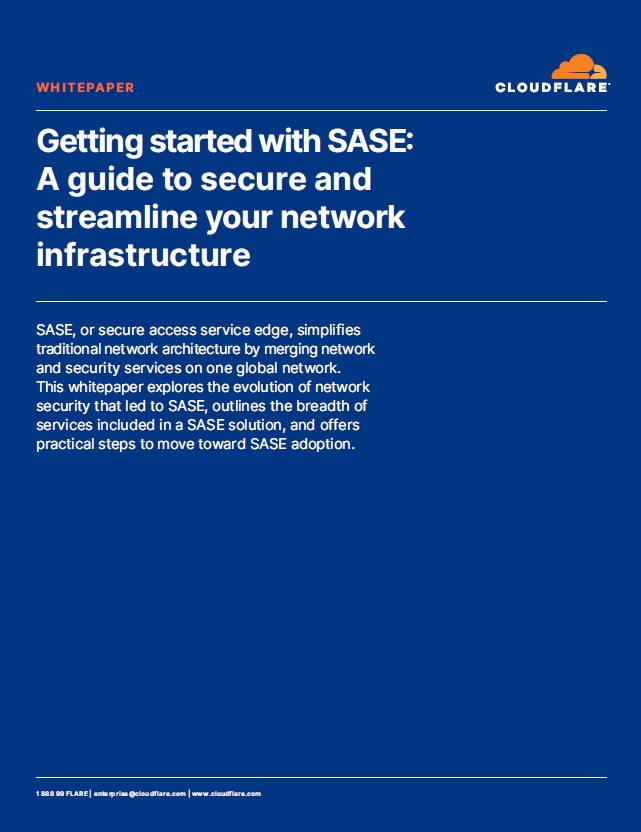Coined by Gartner in 2019, secure access service edge, or ‘SASE,’ was initially positioned as a pivotal advancement in the digital transformation process: highly customizable network and security services seamlessly stitched into the fabric of a global cloud platform.
With a 20% adoption rate expected by 2023, Gartner claimed that the demand for SASE capabilities would “redefine enterprise network and network security architecture and reshape the competitive landscape.” Since then, the term has spread like wildfire through the IT and enterprise security space. As network security providers and SD-WAN vendors scramble to position themselves as SASE leaders, enterprises are left with a hastily-assembled jumble of network and security services that approaches, but often doesn’t fully encompass, a SASE framework.
True SASE adoption requires more than bundling existing single-point solutions — it demands a complete reconsideration of enterprise network infrastructure. Maintaining a rigid on-premise network perimeter is no longer sufficient to protect a distributed, mobile workforce, while juggling multiple security services to protect a hybrid infrastructure can be costly, create headaches for IT teams to deploy and manage, and leave massive security gaps.
SASE addresses these challenges by shifting the network perimeter from centralized data centers to the user. By consolidating networking and network security services and delivering them from a single, cloud-based platform, SASE eliminates security gaps between services, gives IT teams greater visibility into network activity, and simplifies the cloud migration process.
Download here.












